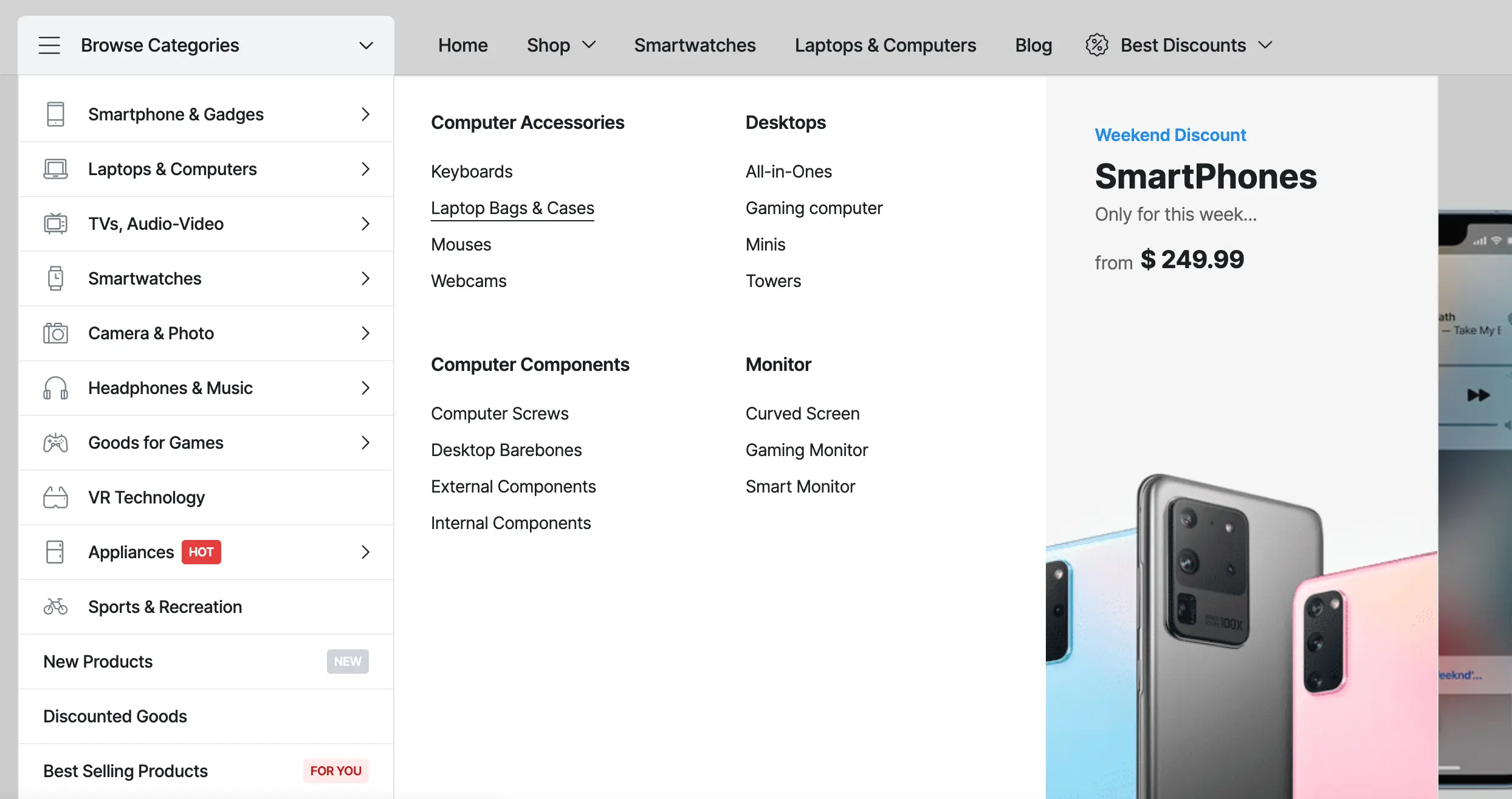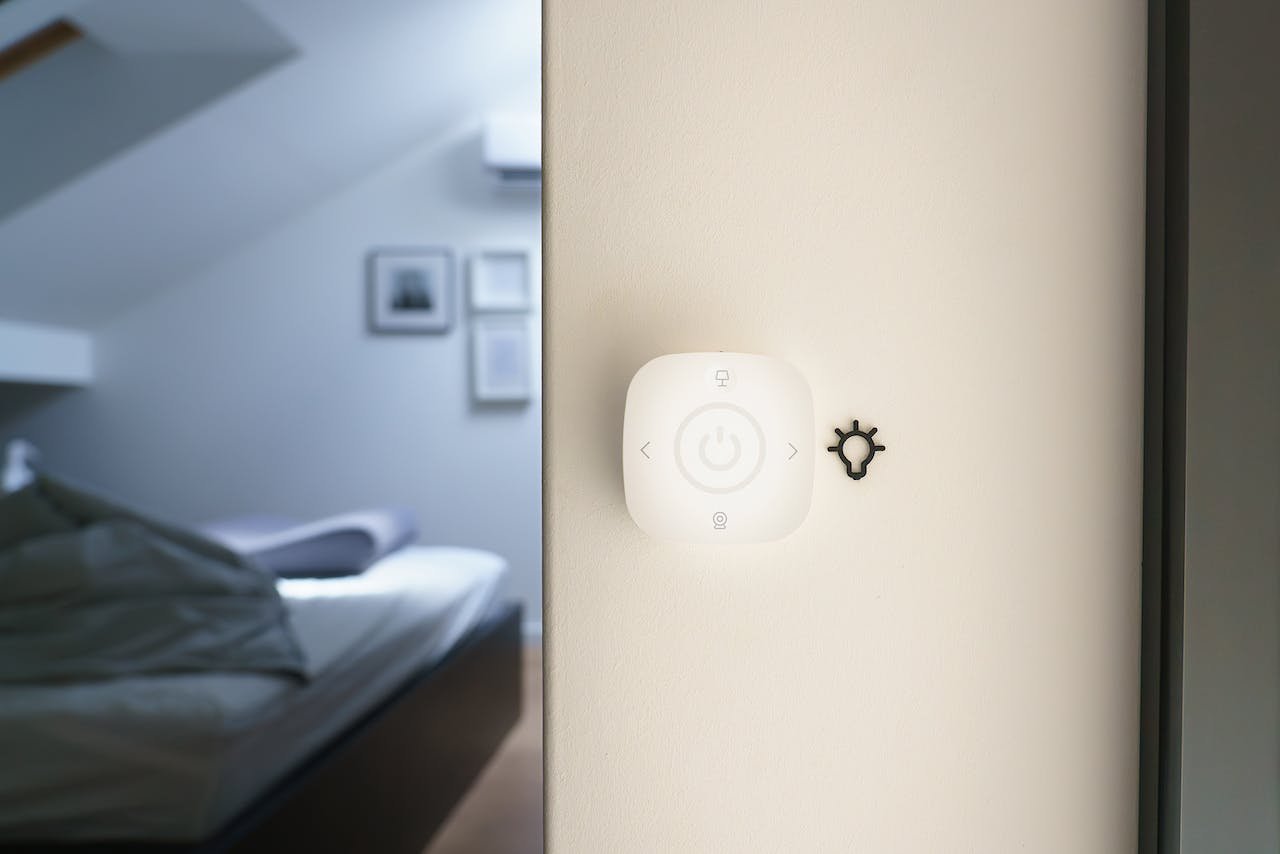What is IoT?
Definition of IoT
The Internet of Things (IoT) is a vast network of interconnected devices, sensors, and systems that communicate with each other over the internet. These devices collect and exchange data, enabling them to perform various tasks autonomously or in response to user commands. Essentially, IoT encompasses anything that can be connected to the internet, from smartphones and smart appliances to industrial machinery and environmental sensors.
Importance of IoT in Modern Society
In today’s digitally driven world, IoT plays a crucial role in reshaping industries, enhancing efficiency, and improving quality of life. It has transformed the way we interact with technology, allowing for greater automation, connectivity, and data-driven decision-making. From optimizing supply chains and revolutionizing healthcare to enabling smart cities and sustainable agriculture, IoT is at the forefront of innovation, driving economic growth and societal advancement.
History of IoT
Origins of IoT
The concept of IoT traces back to the early 1980s, with the advent of networked appliances like the Coca-Cola vending machine at Carnegie Mellon University. However, it wasn’t until the late 1990s and early 2000s that the term “Internet of Things” gained prominence, thanks to the convergence of technologies such as RFID (Radio Frequency Identification) and the widespread adoption of internet-connected devices.
Milestones in IoT Development
Over the years, numerous milestones have propelled the evolution of IoT. One significant development was the emergence of IPv6, which provided a virtually limitless supply of IP addresses, essential for accommodating the vast number of IoT devices. Additionally, the rise of cloud computing and edge computing has facilitated the storage, processing, and analysis of IoT-generated data, while advancements in wireless communication standards like Bluetooth Low Energy (BLE) and Narrowband IoT (NB-IoT) have expanded the reach of IoT networks.
How IoT Works
Sensors and Devices
At the heart of IoT are sensors and devices equipped with various sensors, actuators, and microcontrollers. These devices can range from simple temperature sensors and motion detectors to complex smart appliances and industrial machinery. For example, a smart thermostat in a home may utilize temperature and humidity sensors to adjust heating and cooling settings automatically based on occupants’ preferences and environmental conditions.
Connectivity
IoT devices rely on connectivity technologies such as Wi-Fi, cellular networks, Bluetooth, and Zigbee to communicate with each other and with centralized systems, often referred to as IoT platforms or gateways. This enables seamless data exchange and remote control over the internet. For instance, a fleet management system may use GPS and cellular connectivity to track the location and status of vehicles in real-time, allowing for efficient route planning and maintenance scheduling.
Data Processing and Analysis
Once data is collected by IoT devices, it is transmitted to backend systems or cloud-based platforms for processing and analysis. Here, sophisticated algorithms and machine learning models extract actionable insights from the raw data, enabling predictive maintenance, anomaly detection, and optimization of operational processes. For example, a smart agriculture system may analyze soil moisture data collected by sensors in the field to determine optimal irrigation schedules and crop health monitoring.
Applications of IoT
Smart Homes
In the realm of smart homes, IoT enables the integration of various devices and systems to create intelligent, interconnected living spaces. Examples include smart thermostats that learn user preferences and adjust temperature settings accordingly, smart lighting systems that can be controlled remotely via smartphone apps, and home security cameras equipped with motion sensors and facial recognition technology.
Healthcare
IoT is revolutionizing healthcare by enabling remote patient monitoring, personalized medicine, and improved access to medical services. Wearable devices such as fitness trackers and smartwatches can track vital signs, activity levels, and sleep patterns, allowing healthcare providers to monitor patients’ health in real-time and intervene when necessary. Similarly, implantable medical devices like pacemakers and insulin pumps can transmit data to healthcare professionals, enabling timely adjustments to treatment plans.
Agriculture
In agriculture, IoT technologies are transforming traditional farming practices and driving efficiencies across the entire value chain. For example, precision agriculture solutions leverage IoT sensors, drones, and satellite imagery to monitor soil conditions, crop growth, and weather patterns, enabling farmers to optimize resource allocation, minimize waste, and maximize yields. IoT-enabled irrigation systems can also adjust watering schedules based on real-time data, conserving water and reducing environmental impact.
Transportation
IoT is reshaping the transportation industry by improving safety, efficiency, and sustainability. Connected vehicles equipped with sensors and onboard computers can communicate with each other and with roadside infrastructure to avoid collisions, optimize traffic flow, and reduce congestion. Additionally, IoT enables fleet management solutions that track vehicle location, fuel consumption, and maintenance needs in real-time, leading to cost savings and enhanced operational efficiency for logistics companies and transportation providers.
Industrial IoT (IIoT)
In the industrial sector, IIoT technologies are driving the fourth industrial revolution, often referred to as Industry 4.0. IoT sensors embedded in manufacturing equipment, machinery, and supply chain logistics enable predictive maintenance, real-time asset tracking, and data-driven process optimization. This improves production efficiency, reduces downtime, and enhances product quality and safety. For example, a smart factory may use IoT-enabled sensors to monitor equipment performance and detect potential failures before they occur, preventing costly breakdowns and production delays.
Benefits of IoT
Efficiency and Automation
One of the primary benefits of IoT is its ability to automate routine tasks and streamline operations across various domains. By connecting devices and systems, IoT enables seamless data exchange and workflow orchestration, reducing manual intervention and improving overall efficiency. For example, smart energy management systems can optimize HVAC (heating, ventilation, and air conditioning) usage based on occupancy patterns and weather forecasts, leading to energy savings and reduced carbon emissions.
Improved Decision Making
IoT-generated data provides valuable insights that empower organizations to make informed decisions in real-time. By analyzing data from interconnected devices and sensors, businesses can identify trends, predict outcomes, and proactively address issues before they escalate. For instance, a retail chain may use IoT analytics to optimize inventory levels, personalize marketing campaigns, and enhance the customer shopping experience, resulting in increased sales and customer satisfaction.
Enhanced Convenience and Comfort
IoT enhances our daily lives by offering unprecedented convenience and comfort through connected devices and intelligent automation. From voice-controlled virtual assistants like Amazon Alexa and Google Assistant to smart appliances that can be controlled remotely via smartphone apps, IoT simplifies household tasks and improves overall quality of life. For example, a smart home ecosystem may include automated lighting and climate control systems that adjust settings based on occupants’ preferences and presence, creating a more comfortable and energy-efficient living environment.
Challenges and Concerns
Security and Privacy Risks
Despite its many benefits, IoT also presents significant security and privacy challenges. The proliferation of interconnected devices increases the attack surface for cybercriminals, who may exploit vulnerabilities to gain unauthorized access to sensitive data or launch cyberattacks. Additionally, privacy concerns arise from the collection and storage of personal information by IoT devices, raising questions about data ownership, consent, and transparency.
Interoperability Issues
The lack of standardized communication protocols and interoperability among IoT devices poses challenges for seamless integration and data exchange within heterogeneous ecosystems. This fragmentation hampers scalability, limits interoperability, and complicates the deployment of IoT solutions across different platforms and environments. To address this issue, industry stakeholders are working to develop common standards and protocols that facilitate interoperability and ensure compatibility between disparate IoT devices and systems.
Data Overload and Management
The exponential growth of IoT-generated data presents challenges in terms of storage, processing, and management. As the number of connected devices continues to proliferate, so does the volume, velocity, and variety of data being generated. This influx of data can overwhelm traditional IT infrastructure and strain resources, leading to latency issues, scalability constraints, and increased operational costs. Moreover, managing vast quantities of IoT data poses challenges related to data quality, integrity, and governance. Organizations must implement robust data management strategies, including data cleansing, normalization, and archival, to ensure the reliability and accessibility of IoT data over time.
Future Trends
Expansion of IoT Networks
With the advent of 5G technology and the proliferation of low-power connectivity solutions such as LoRaWAN and Sigfox, IoT networks are poised to expand further. 5G offers higher bandwidth, lower latency, and greater reliability than previous generations of cellular technology, making it ideal for supporting the massive influx of connected devices expected in the coming years. Additionally, advancements in satellite and mesh networking technologies are extending the reach of IoT networks to remote and underserved areas, enabling the deployment of interconnected devices on a global scale.
Integration with AI and Machine Learning
The convergence of IoT with artificial intelligence (AI) and machine learning (ML) technologies unlocks new possibilities for autonomous decision-making, predictive analytics, and intelligent automation. By leveraging AI and ML algorithms, IoT systems can analyze vast amounts of sensor data in real-time, identify patterns, and make intelligent predictions about future events. For example, predictive maintenance algorithms can analyze equipment performance data to anticipate failures before they occur, enabling proactive maintenance and reducing downtime. Similarly, AI-powered anomaly detection systems can identify abnormal behavior patterns in IoT networks, helping organizations detect and mitigate security threats more effectively.
Emergence of Edge Computing
To address latency and bandwidth constraints associated with centralized cloud computing architectures, edge computing solutions are gaining traction in the IoT space. Edge computing involves processing and analyzing data closer to the source of data generation, such as IoT devices or sensors, rather than in centralized data centers. This reduces the need to transmit large volumes of data over long distances to cloud servers, resulting in lower latency, improved scalability, and enhanced privacy and security. Edge computing is particularly well-suited for applications that require real-time responsiveness, such as autonomous vehicles, industrial automation, and augmented reality.
Impact on Society
Economic Implications
The widespread adoption of IoT is driving economic growth and innovation across various industries. By enabling new business models, optimizing operational processes, and creating value-added services, IoT generates significant revenue opportunities for businesses while fostering job creation and economic development. According to estimates by industry analysts, the global IoT market is expected to reach trillions of dollars in value by the end of the decade, fueling investment in infrastructure, technology, and talent worldwide.
Social Implications
IoT has profound social implications, from improving healthcare outcomes and enhancing quality of life for individuals with disabilities to addressing societal challenges such as urbanization, aging populations, and environmental sustainability. By enabling remote monitoring and telemedicine services, IoT empowers patients to take control of their health and access medical care more conveniently. Similarly, IoT-enabled assistive technologies, such as smart home devices and wearable sensors, enhance independence and accessibility for people with disabilities, enabling them to participate more fully in society.
Environmental Implications
In addition to its economic and social impacts, IoT has the potential to drive environmental sustainability and mitigate the effects of climate change. By optimizing resource utilization, reducing energy consumption, and enabling sustainable practices, IoT contributes to environmental conservation and the transition to a more eco-friendly society. For example, IoT-enabled smart grid systems can optimize energy distribution and reduce wastage by monitoring electricity usage in real-time and adjusting supply accordingly. Similarly, smart transportation solutions, such as connected vehicle networks and intelligent traffic management systems, help reduce congestion, emissions, and fuel consumption, leading to cleaner air and healthier communities.
IoT’s Significance
In conclusion, the Internet of Things (IoT) represents a transformative force that is reshaping industries, revolutionizing lifestyles, and driving economic and societal change on a global scale. From smart homes and connected healthcare to industrial automation and sustainable agriculture, IoT is unlocking new opportunities for innovation, efficiency, and connectivity across diverse domains.
Call to Action for Embracing IoT Responsibly
As we embrace the transformative potential of IoT, it is imperative to prioritize security, privacy, and ethical considerations to ensure that IoT technologies empower and enrich our lives in a responsible and sustainable manner. By fostering collaboration, promoting standards-based interoperability, and investing in cybersecurity measures, we can harness the full potential of IoT to create a brighter, more connected future for generations to come.
Related Articles
If you enjoyed reading this, then please explore our other articles below:
More Articles
If you enjoyed reading this, then please explore our other articles below:
















 2019-2025 ©
2019-2025 ©